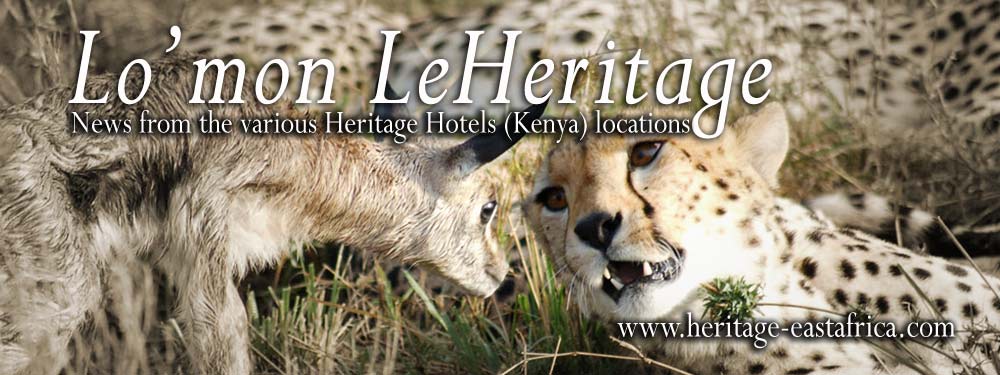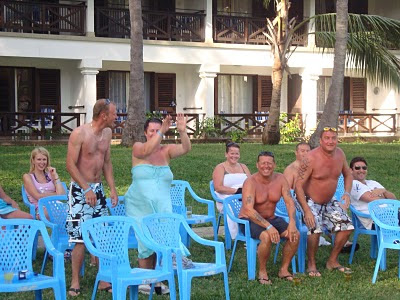One herd of wildebeest is re-entering the Mara from the southern part of Lookout Hill via Sand River after visiting the western corridor through Engiro. The wildebeest are around Talek Gate, Lookout Hill, Central Plains, Meta Plains and Olmisigiyio feasting on the succulent grass.
The herds that are grazing in Central and Meta Plains are moving towards Lookout Hill, crossing every morning towards Mara Triangle. There’s not much drama in the river between the crocodiles and the wildebeest. However the wildebeest raise a lot of dust by the banks of the Mara River.
All the herds that are in Posse Plains are crossing Talek River, west of Fig Tree Camp to Olkiombo Plains where they have never been before. The grass here is fresh and palatable. Herds of zebras are streaming in from Topi Plains because of the one-day rain that refreshed the plains. The Olkiombo Plains are becoming a meeting point for the zebras and the wildebeest.
The other herds of wildebeest, which have branched off from the herds crossing between Fig Tree and Intrepids are crossing between Rekero Camp and Naibor. There’s not much left to graze on this route because the earlier herds have grazed away most of the grass.
Walking in single files, the wildebeest walk slowly at first but increase their momentum as they reach Paradise Crossing. It is a traditional crossing used during the migration with lots of action taking place. On 17 July, a lioness in the Mara Triangle made six kills in 45 minutes. The crocodiles are also making successful kills.
The plains from Olkiombo to Topi and from Musiara to Mara-Rianda are full of wildebeest.
At this point, all the grazers are crossing into Mara Conservancy expecting fresh pasture because of the rains.
Predators’ sighting
Lions
The Olkiombo Pride of three males has taken over the neighboring pride at Maji ya Fisi because there are no dominant males in the pride. Many females in the pride are in estrus.
The Paradise Pride is also divided after Notch and his son went to the Ridge Pride females. The Ridge Pride has had no dominant male for two years.
All the lioness hunt almost daily to provide for their cubs.
Leopards
Olive the leopard is still with Pacha and Kayoni, her two sons aged 13 months. They are around Take River, east of Mara Explorer, recently seen with a young wildebeest kill.
Cheetah
The three cheetah brothers are at Topi Plains hunting the young of the zebra and the wildebeest.
Paul Kirui, Chief Safari Guide, Heritage Hotels
(Pictures © Paul Kirui)
You can read more on Mara Explorer and Mara Intrepids at http://www.heritage-eastafrica.com/tented-camps/
Book and pay for two nights at this property and get the third free! http://www.heritage-eastafrica.com/specials/3-for-2-safari-special/




















































